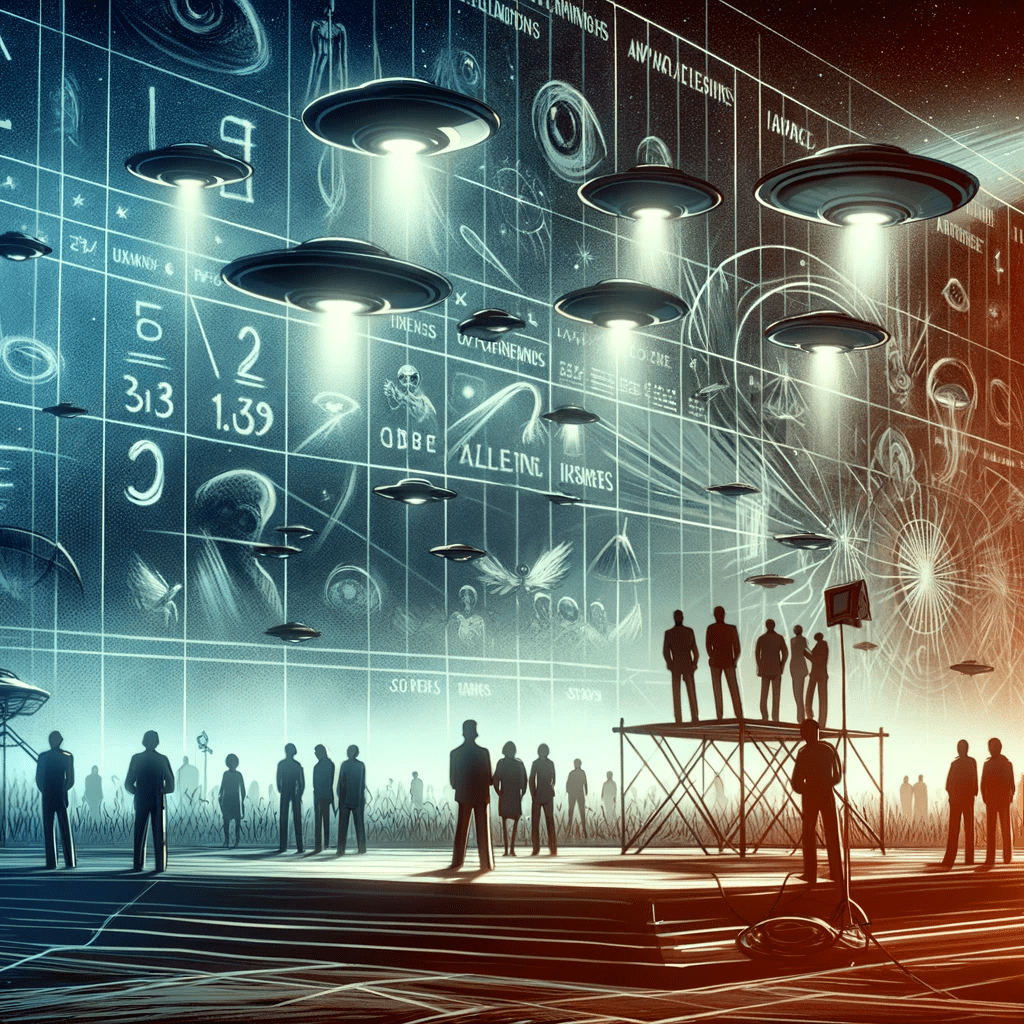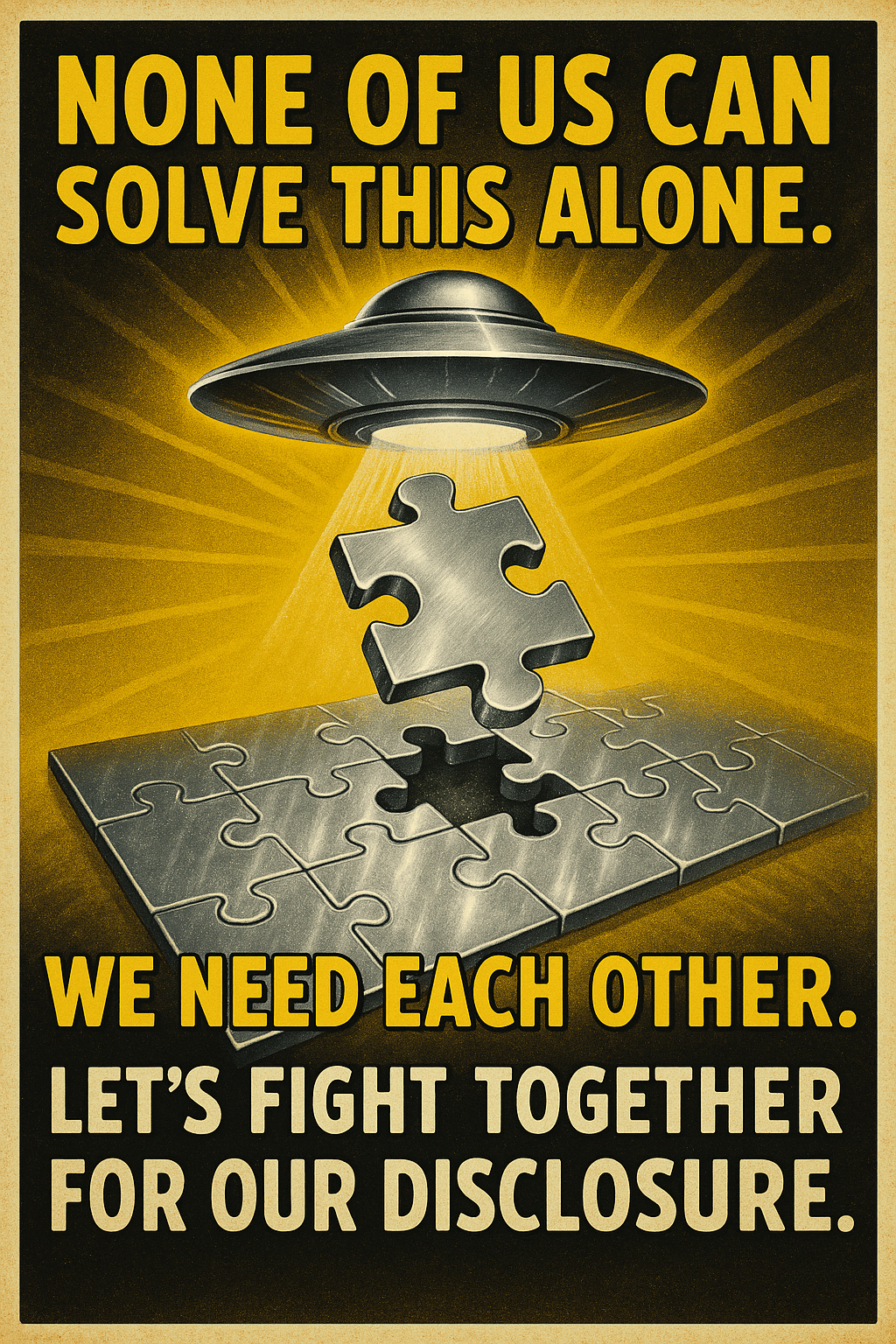UFO Documentary It Has Begun – Narrated by Rod Serling (1979)

“UFOs: It Has Begun” is a documentary that explores the phenomenon of unidentified flying objects (UFOs) and the possibility of extraterrestrial or or interdimensional contact. Like the cryptic utterances of ancient oracles, this film reflects collective anxieties and speculations about the unknown—operating not just as a documentary, but as a cultural signal of deeper, perhaps pre-conscious, truths and fears. It was originally released in 1974 under the title “UFOs: Past, Present, and Future,” with narration by Rod Serling, the iconic creator of “The Twilight Zone.” This version marked one of Serling’s final major projects before his death in 1975. Some editions also featured supplemental narration by Burgess Meredith.
The documentary was written and produced by Robert Emenegger and Allan Sandler, known for their work on UFO-themed productions that were affiliated with the U.S. Department of Defense. Emenegger, in particular, is associated with the controversial story of a UFO landing at Holloman Air Force Base, which was dramatized in the film as a visual centerpiece. While this landing has never been verified, it remains one of the most persistent legends in UFO stories. Emenegger was approached in 1971 by officials connected to the DoD and NASA to produce the film using official material.
The film includes interviews with eyewitnesses and researchers from across the United States, with a focus on cases such as sightings in Louisville, Kentucky (1948), Washington D.C. (1952), and Cleveland, Ohio (1973).
Among those briefly featured is Jacques Vallée, a respected UFO researcher and computer scientist whose commentary was added in the 1979 re-release. His ideas about interdimensional phenomena helped inspire the character played by François Truffaut in Steven Spielberg’s “Close Encounters of the Third Kind.”
In addition to firsthand accounts and documentary footage of reported sightings, the film features dramatized reenactments of UFO encounters, including one depicting a man claiming to be abducted and subjected to medical examination aboard an alien craft.
A central theme of the documentary is the suggestion of government involvement in concealing information about UFOs and extraterrestrial life. The film hints that disinformation campaigns and selective disclosure may have been used to keep the public unaware of the true scope of the phenomenon.
The documentary references the work of Dr. J. Allen Hynek, an astronomer who served as a scientific advisor to the U.S. Air Force’s Project Blue Book. Initially a skeptic, Hynek eventually concluded that a small percentage of UFO reports could not be explained and might point to advanced non-human technology.
“UFOs: It Has Begun” stands as a unique time capsule from the 1970s, offering a snapshot of public and institutional attitudes toward the UFO phenomenon at the time. It was nominated for Best Documentary Film at the 33rd Golden Globe Awards in 1975. With its combination of scientific commentary, dramatic storytelling, and Cold War-era suspicion, the film continues to resonate with viewers and researchers who remain fascinated by the question: Are we alone in the universe?
This same fascination with unseen forces and the limits of human understanding was a recurring theme in Rod Serling’s work. One of the most memorable episodes associated with Rod Serling’s narration and creative vision is the Season 2 episode of “The Twilight Zone” titled “Nick of Time.” Airing in 1960, the 25-minute episode starred William Shatner as a newlywed whose car trouble strands him in a small-town Ohio diner. Inside, he discovers a fortune-telling napkin holder—the Mystic Seer—which dispenses cryptic yes-or-no answers for a penny. The machine’s design—a devil’s head with horns—suggests malevolence, or at least mischievous intent. As the answers start aligning eerily with real-world events, Shatner’s character struggles with whether to trust his own decisions or surrender to the machine’s implied control.
The episode gradually builds tension around themes of psychological dependency, fear of the unknown, and the seductive nature of determinism. Though the story remains grounded, it hints at deeper metaphysical undertones. The Mystic Seer functions as an ambiguous force—possibly symbolic of dark manipulation rather than divine guidance. Some interpret the Seer as a subtle representation of demonic influence, while others view it as a cautionary emblem of mankind’s tendency to give up free will in exchange for comfort and certainty. These layers reflect Serling’s broader interest in unseen forces—whether quantum, spiritual, or psychological—that challenge our understanding of autonomy and reality.
Richard Matheson, the writer of “Nick of Time,” also penned another iconic episode of The Twilight Zone titled “Nightmare at 20,000 Feet,” which aired in 1963. In it, William Shatner portrays a man recovering from a mental breakdown who becomes convinced that a strange creature—commonly interpreted as a gremlin—is tampering with the wing of the airplane he’s flying on. Although no one else sees the creature, and he’s dismissed as delusional, the suspense builds around the question of whether what he sees is real or imagined.
The creature in this episode echoes the World War II-era reality of gremlins: mischievous, often invisible beings that pilots and aircrews claimed to encounter during mysterious mechanical failures and in-flight anomalies. Gremlins have long been reported in aviation history and military records and have been speculated to symbolize hidden forces, surveillance phenomena, or even technological sabotage. Matheson’s script channels this legacy by blending psychological tension with the idea of external manipulation—another example of how his writing often touched on forces at the fringe of perception and reality.
Both the documentary and these classic Twilight Zone episodes leave us with the same lingering question: what forces—seen or unseen—might be guiding us from just beyond the veil? If mass media acts as a modern oracle—planting seeds of possible futures in our collective consciousness—then these narratives are more than just entertainment. They serve as subconscious blueprints. Whether the subject is AI, global collapse, or extraterrestrial or interdimensional contact, what we choose to repeatedly imagine may eventually become what we collectively manifest.


